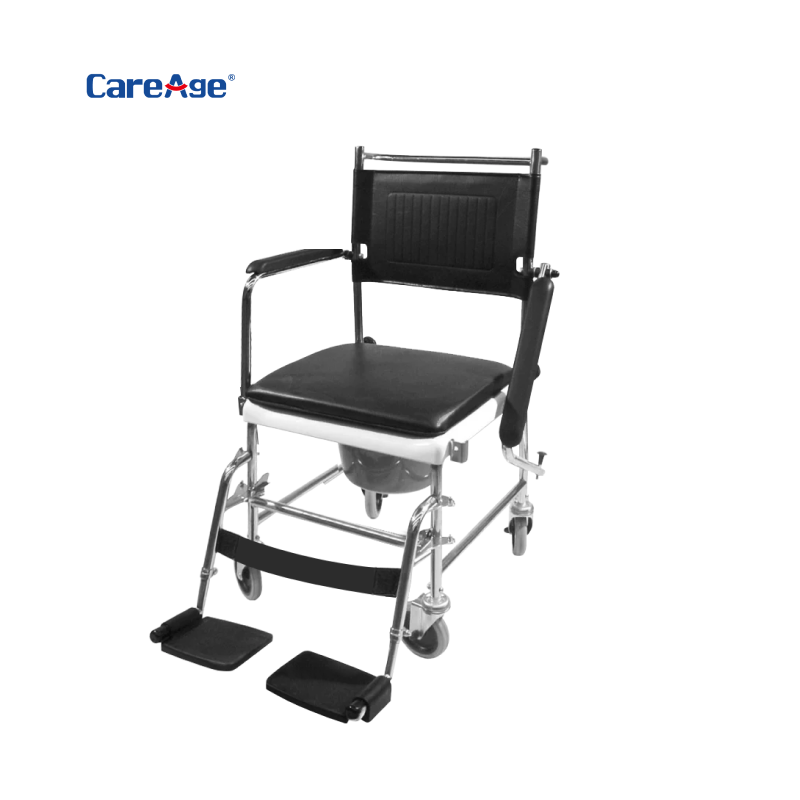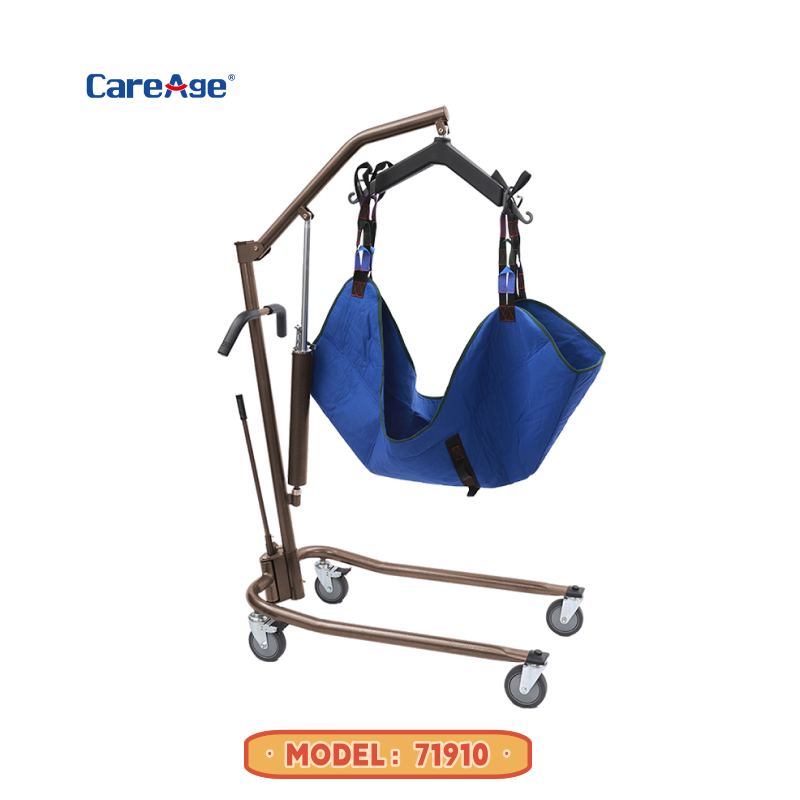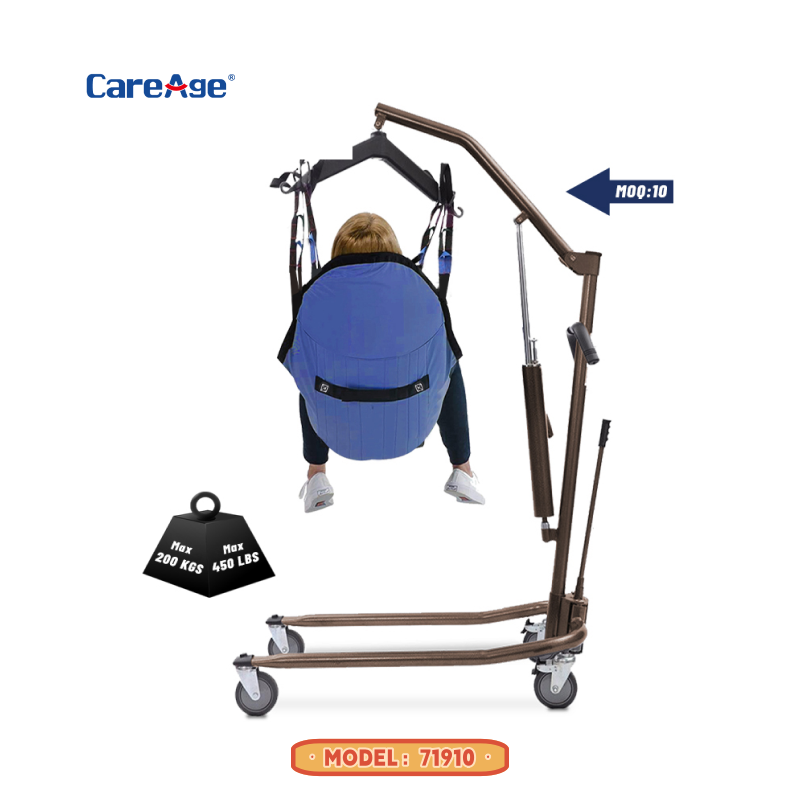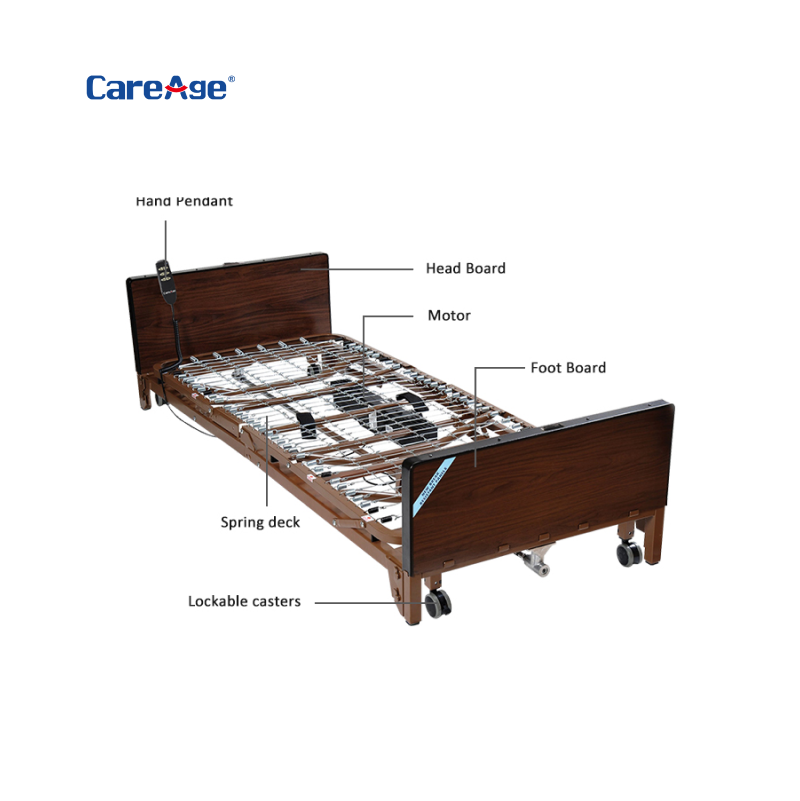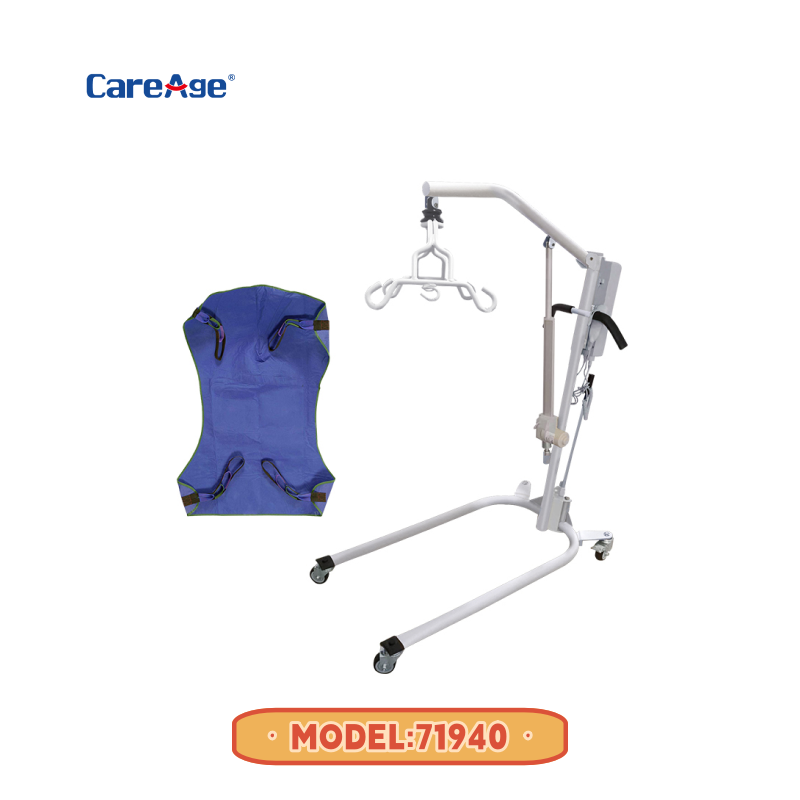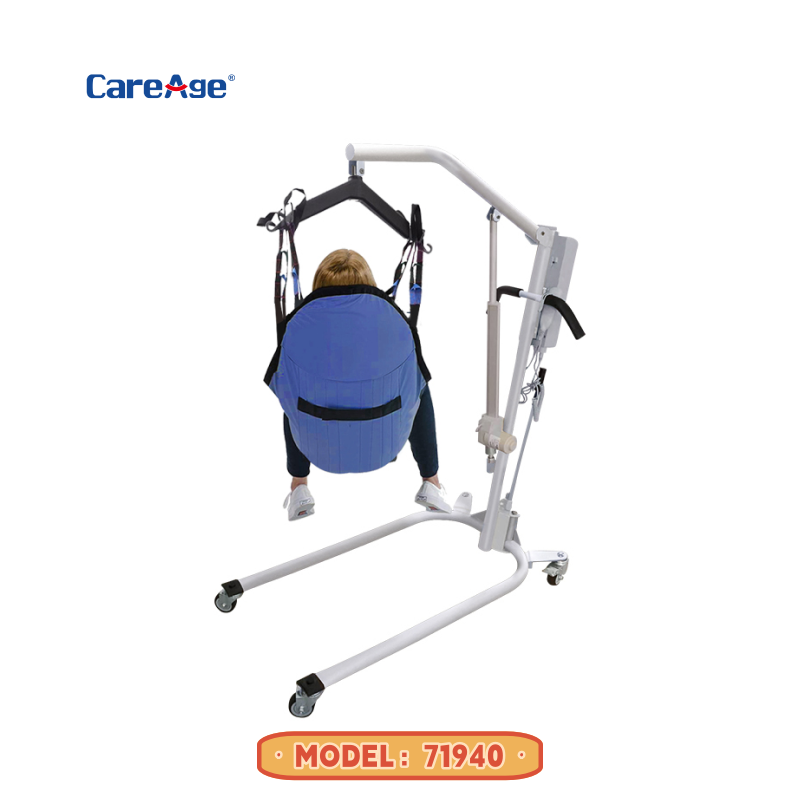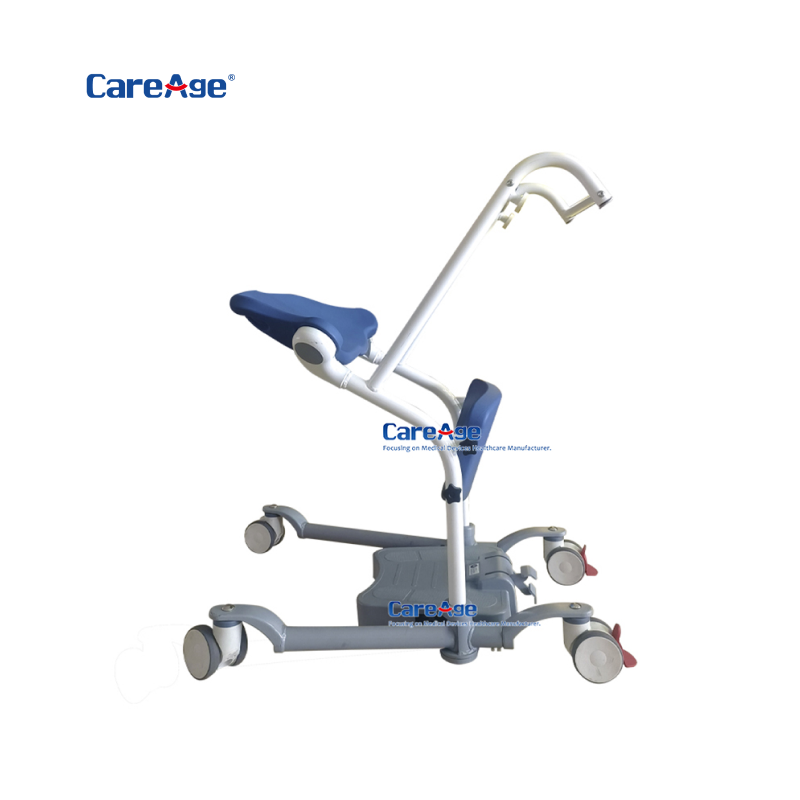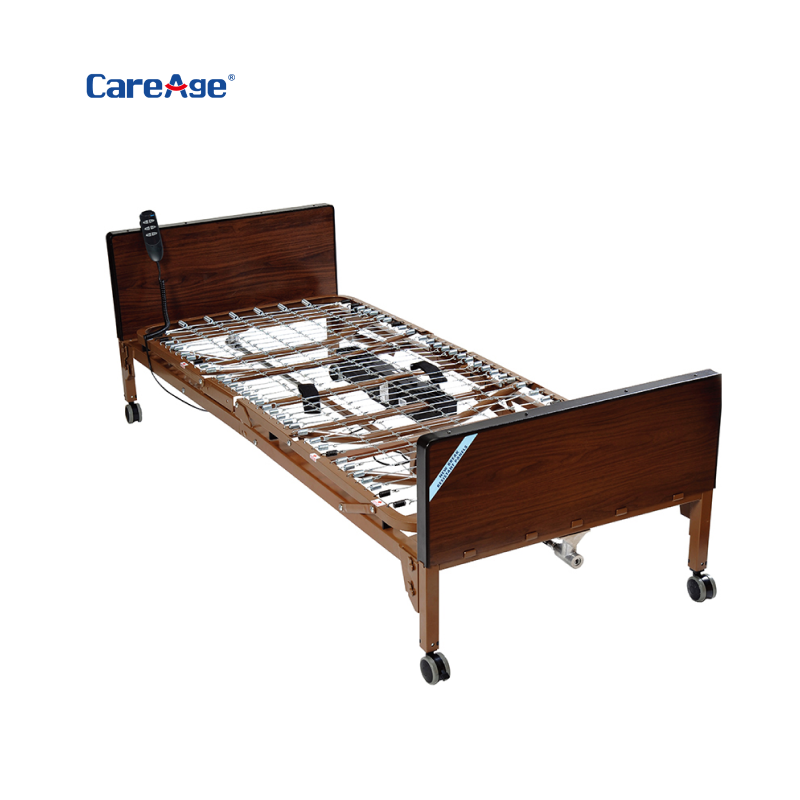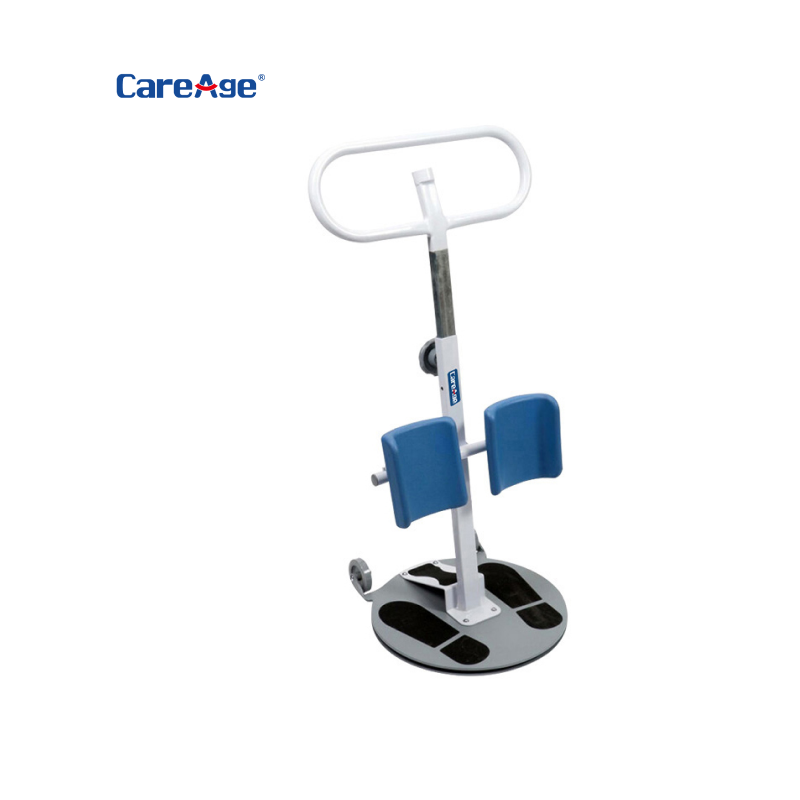With the continuous advancement of medical technology, the recovery speed of patients after surgery or major treatment has gradually increased. However, traditional recovery care methods still face many challenges, especially in patient transfer and position adjustment, which often rely on the physical support of caregivers. In recent years, the widespread use of hydraulic patient hoist has become an important innovation in medical institutions and rehabilitation centers, greatly improving the care experience of patients, while also helping many recovery patients shorten their hospital stays and promote faster recovery.
One of the biggest advantages of hydraulic patient hoist is that it can provide a smoother and safer transfer process. During the recovery period, many patients need to stay in bed for a long time due to surgery or treatment, which weakens their muscle strength and makes it difficult to move. Traditional manual handling methods not only increase the burden on caregivers, but may also cause discomfort to patients during the transfer process, and even aggravate their condition. Hydraulic patient hoist uses an intelligent control system to help caregivers accurately adjust the transfer angle and strength to ensure that patients remain stable and comfortable throughout the process. This safe and smooth transfer method not only improves the comfort of patients, but also effectively avoids secondary injuries caused by improper handling.
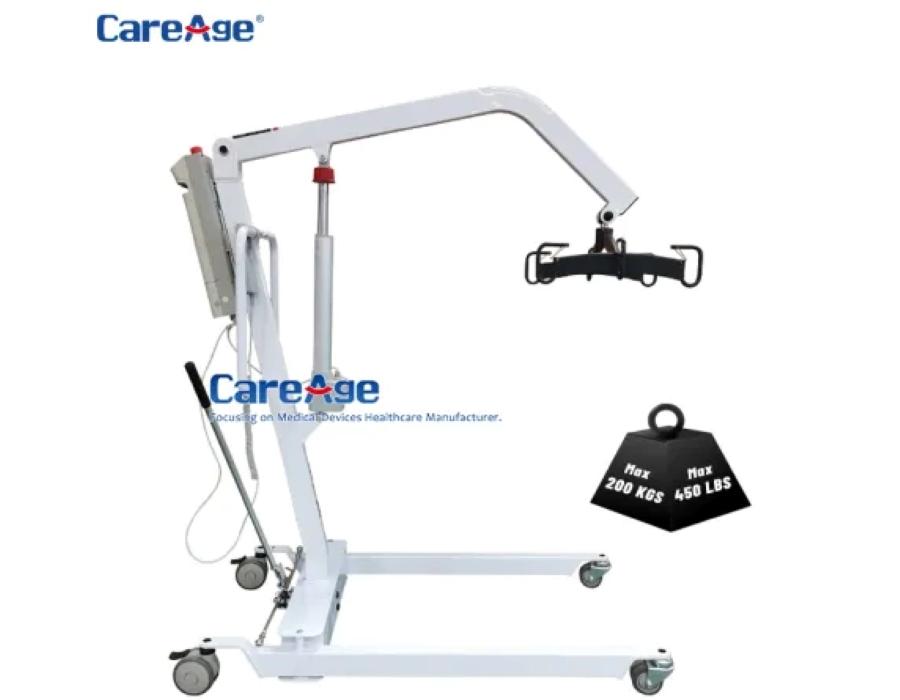
Through the use of hydraulic patient hoist, patients can carry out appropriate activities earlier and reduce the negative effects of long-term bed rest. Long-term bed rest can easily lead to complications such as lung infection, thrombosis, bedsores, etc., which seriously affect the patient's recovery process. patient lifts for home use's efficient transfer and position adjustment function helps patients reduce the physical discomfort caused by long-term lying, and conduct appropriate movement and rehabilitation training in advance, thereby accelerating the recovery process. This faster recovery speed not only improves the health status of patients, but also enables them to be discharged earlier, reducing medical expenses and consumption of nursing resources during hospitalization.
In addition to promoting patient recovery, patient lifts for home use also greatly reduces the work pressure of nursing staff. Traditional patient transfer usually requires the collaboration of multiple nursing staff, which is time-consuming and prone to injury due to improper operation. The use of patient lifts for home use allows one nursing staff to independently complete the patient's transfer work, reducing physical burden and the risk of occupational injury. Nursing staff can focus more on patients' rehabilitation plans and other professional nursing tasks, improving overall nursing efficiency.


